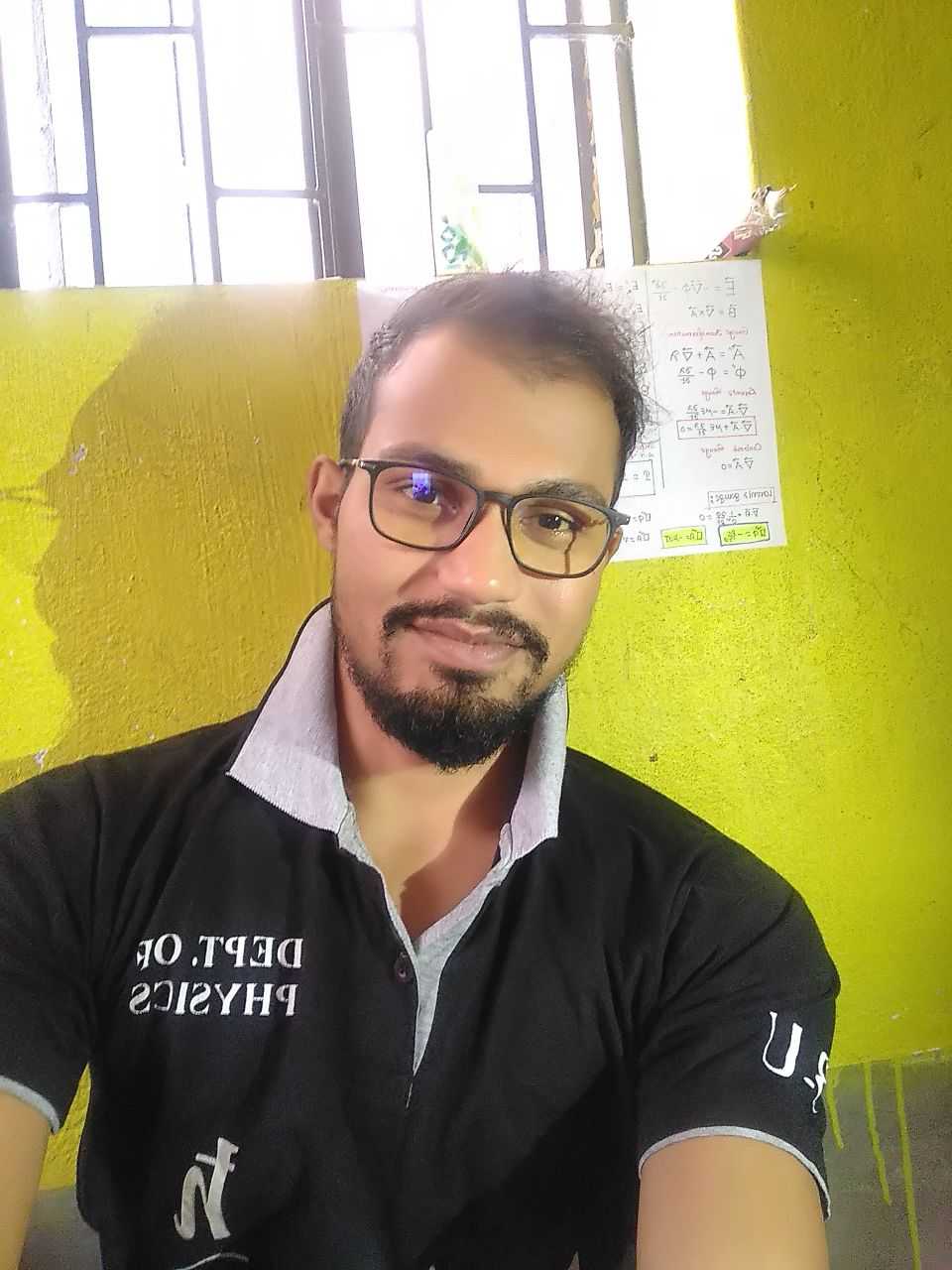Question 3 :
Which of the following is not the component of heat pump?<br><br>
Question 4 :
Diffusion of a gas in a room is not reversible because:
Question 5 :
In an adiabatic expansion, the temperature of 5 moles of gas $\gamma =1.5$ falls from $87^{0}C$ to $27^{0}C$, then the work done is<br>
Question 8 :
A new soft drink bottle is opened, allowing gas to escape into the atmosphere. As the gas escapes, its degree of disorder increases. Identify by which of the following law this can be explained ?
Question 9 :
During what kind of process is there no change in internal energy?
Question 11 :
An automobile engine absorbs $1600 \ J$ of heat from a hot reservoir and expel $1000\ J$ to a cold reservoir in each cycle. What maximum work is done in each cycle?
Question 12 :
When the temperature of an iron sphere of mass $1\ kg$ falls from $30 ^oC$  to $25 ^oC$ , then $550\ cal$ of heat is released. The heat capacity of the iron sphere will be ( in $cal ^o\ C^{-1}$ )
Question 13 :
During an adiabatic process, the pressure of a gas is proportional to the cube of its adiabatic temperature. The value of  $\dfrac {C_{p}}{C_{v}}$ for that gas is :<br/>
Question 15 :
The ratio of densities of two substances is 2 : 3 and that of specific heats is 1 : 2. The ratio of thermal capacities per unit volume is<br>
Question 17 :
A cycle pump becomes hot near the nozzle after a few quick strokes even if they are smooth because
Question 18 :
We consider a thermodynamic system. If $\bigtriangleup U$ represents the increase in its internal energy and W the work done by the system. Which of the following statments is true
Question 19 :
On an isothermal process, there are two points $A$ and $B$ at which pressures and volumes are $(2P_o,\:V_o)$ and $(P_o,\:2V_o)$ respectively. If $A$ and $B$ are connected by a straight line, find the pressure at a POINT on this straight line at which temperature is maximum
Question 21 :
Assertion: In adiabatic expansion, temperature of gas always decreases.
Reason: In adiabatic process exchange of heat is zero.
Question 22 :
At $27^{o}C$ a gas is compressed suddenly such that its pressure becomes ($\dfrac{1}{8}$)th of original pressure. Final temperature will be ($\gamma$ = 5/3)
Question 23 :
An ideal heat engine working between temperature T and T has an efficiency $\eta $, the new efficiency if both the source and sink temperature are doubled, will be
Question 25 :
A certain amount of heat is required to raise the temperature of $x\ g$ of a substance through $t_1 ^oC$. The same amount of heat when taken away from $y\ g$ of water, it cools through $t_2 ^oC$.Therefore, the specific heat of the substance is
Question 27 :
During the adiabatic change of ideal gas, The relation between the pressure and the density will be -
Question 28 :
The thermal capacity of a body is 80 cal, then its water equivalent is
Question 29 :
$200\ g$ mass of a certain metal at $83^{\circ}C$ is immersed in $300\ g$ of water of $30^{\circ}C$. Final temperature of combination is $33^oC$.Calculate the specific heat capacity of metal. Assume that the specific heat capacity of water is $4.2 J g^{-1} K^{-1}$
Question 30 :
A diatomic gas does $80\ J$ of work when expanded isobarically. The heat given to the gas during this process is
Question 31 :
Efficiency of a heat engine whose sink is at a temperature of $300 \ K$ is $40$%. To increase the efficiency to $60$%, keeping the sink temperature constant, the source temperature must be increased by :<br/>
Question 32 :
A cylinder of mass $1$kg is given heat of $20000$J at atmospheric pressure. If initially temperature of cylinder is $20^o$C, find change in internal energy of the cylinder.<br>(Given that Specific heat capacity of cylinder $=400$J $kg^{-1}$ $^0C^{-1}$, Coefficient of volume expansion $=9\times 10^{-5}$ $^0C^{-1}$, Atmospheric pressure $=10^5$ $N/m^2$ and Density of cylinder $=9000$ $kg/m^3$).<br>
Question 33 :
Piston cylinder device initially contains $0.5 m^3$ of nitrogen gas at $400 kPa$ and $27^o$C. An electric heater within the device is at turned on and is allowed to pass a current of $2 A$ for $5 \ min$ from a $120 V$ source. Nitrogen expands at constant pressure and a heat loss of $2800 J$ occurs during the process.<br/>$R = \dfrac{25}{3} kJ/kmol-K$The final temperature of nitrogen is:
Question 34 :
A gas in a cylinder held at a constant pressure of $1.7\,\times\, 10^{5}$ Pa and is cooled and compressed from $1.20\, m^{3}\, to\, 0.8\, m^{3}$. The internal energy of the gas decreses by $1.1\, \times\, 10^{5}$ J.<br/>Does it matter whether or not the gas is ideal? Mark 1->Yes and 0->No
Question 35 :
If three different liquid of different masses specific heats and temperature are mixed with each other then what is the temperature of the mixture at thermal equilibrium. If,<br/>$m_1,\,s_1,\,T_1\rightarrow$ specification for liquid<br/>$m_2,\,s_2,\,T_2\rightarrow$ specification for liquid<br/>$m_3,\,s_3,\,T_3\rightarrow$ specification for liquid
Question 36 :
In a particular experiment, a gas undergoes adiabatic expansion satisfying the equation $\displaystyle { VT }^{ 3 }$=constant. The ration of specific heats, $\displaystyle Y $ is:
Question 37 :
In a thermodynamic processes, If the amount of work done on the gas by its surrounding is 320 J and the internal energy is increased by 560 J. Calculate the how much heat is transferred between the gas and its surrounding.
Question 38 :
Three black bodies $A , B$ and $C$ in the form of cubes of sides in the ratio of $3 : 4 : 5$ are kept at the same high temperature. The ratio of the quantity of heat lost per second by $A , B$ and $C$ will be
Question 39 :
Water of mass $m_2$ = 1 kg is contained in a copper calorimeter of mass $m_1$  = 1 kg. Their common temperature t = $10^{0}C$. Now a piece of ice of mass $m_3$  = 2 kg and temperature is $-11^{0}C$ dropped into the calorimeter. Neglecting any heat loss, the final temperature of system is. [specific heat of copper = 0.1 Kcal/ kg$^{0}C$, specific heat of water = 1 Kcal/kg$^{0}C$, specific heat of ice = 0.5 Kcal/kg$^{0}C$, latent heat of fusion of ice = 78.7 Kcal/kg]

























































